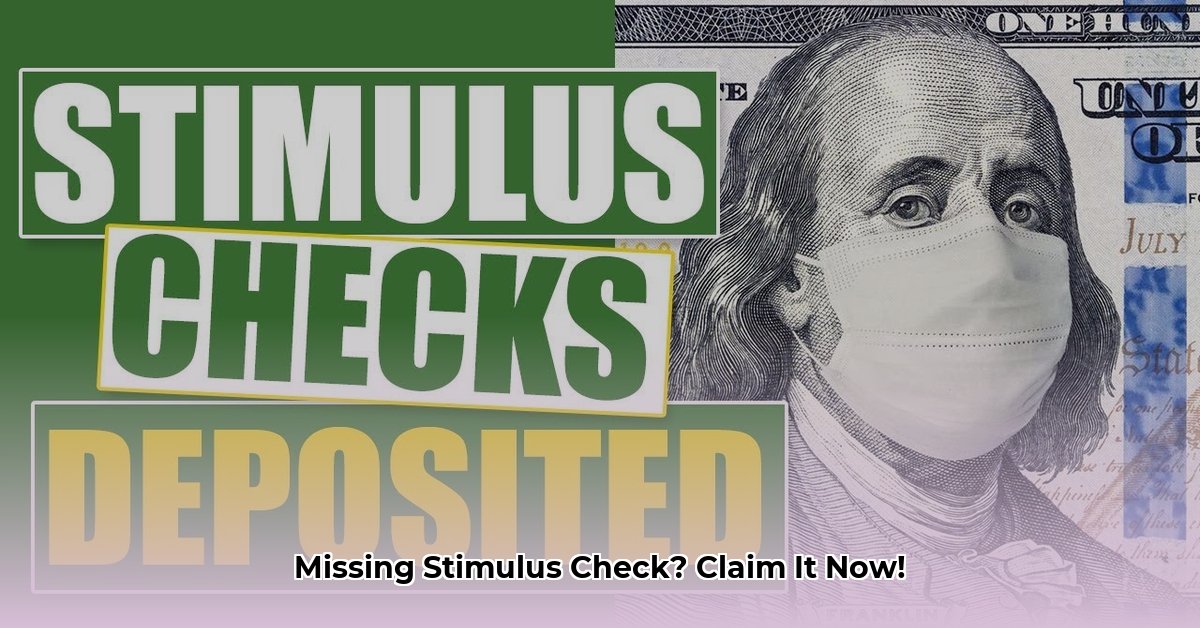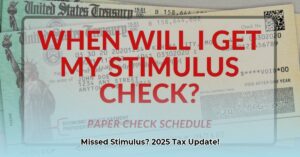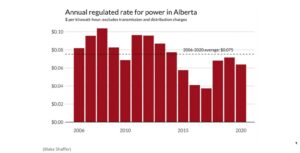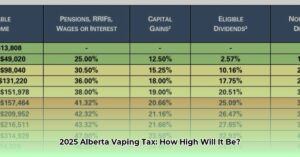Missed a stimulus check? Don’t worry, you might still be able to claim it through the Recovery Rebate Credit (RRC). This guide provides a clear, step-by-step process to help you navigate claiming any missed stimulus payments from 2020 and 2021.
Determining Your Eligibility
Before diving into the claim process, let’s determine if you’re likely eligible for the RRC. Generally, you may qualify if you meet the following criteria for the relevant tax year (2020 or 2021):
- U.S. citizen or resident alien
- Not claimed as a dependent on someone else’s tax return
- Income below certain thresholds (these varied for each stimulus payment and filing status)
Some experts suggest that individual circumstances might affect eligibility, so it’s best to review the IRS guidelines for the specific year you are claiming.
Calculating Your Potential Stimulus Amount
The amount of your potential stimulus payment depends on several factors, including your filing status, income, and number of dependents. The IRS offers resources to determine the amount you should have received. You can find details on these resources on the IRS website.
Here’s a simplified table showing the maximum payment amounts for 2021:
| Filing Status | Maximum Payment (2021) |
|---|---|
| Single | $1,400 |
| Head of Household | $1,400 |
| Married Filing Jointly | $2,800 |
Remember, these are maximum amounts, and the actual amount you may be eligible for could be less. The 2020 amounts were slightly different. It is recommended to refer to the IRS resources for an accurate calculation based on your specific circumstances.
A Step-by-Step Guide to Claiming the RRC
Follow these steps to claim your missing stimulus payment through the RRC:
-
Gather Your Tax Information: Collect your 2020 and/or 2021 tax documents, including W-2s, 1099s, and any other relevant income records. Also, locate your IRS notices 1444, 1444-B, and 1444-C if you have them. These notices show how much stimulus money you already received.
-
Determine the Correct Tax Year and Form: The first two stimulus payments are tied to the 2020 tax year, while the third is tied to 2021. You’ll need Form 1040 or 1040-SR for both years. If you already filed for the relevant year and need to claim the RRC, you will need to file an amended return using Form 1040-X.
-
Complete the Recovery Rebate Credit Worksheet: This worksheet, found in the instructions for Form 1040, helps calculate your credit amount. Carefully follow the instructions.
-
File Your Return: File electronically for faster processing (though amended 2020 returns must be mailed).
Troubleshooting Common Issues
-
Missing IRS Notices: If you can’t find your IRS notices, access your online IRS account or request transcripts from the IRS website.
-
Already Filed: If you filed your 2021 return but didn’t claim the RRC, the IRS may have automatically sent a payment in late 2024 or early 2025. Check your bank records. If you didn’t receive an automatic payment, file an amended return.
Additional Resources and Support
- IRS Website: https://https://www.irs.gov/IRS.gov is the best source for up-to-date information and resources.
- Taxpayer Assistance Centers: The IRS offers in-person assistance at Taxpayer Assistance Centers. Find a location near you on the IRS website.
- IRS Free File: Eligible taxpayers can use IRS Free File guided tax software.
Important Reminders:
- The deadline to claim the RRC for 2020 and 2021 is April 15, 2025.
- This information is for guidance only and does not constitute financial or legal advice. Consult with a qualified professional for personalized advice.
Research suggests that tax laws and programs like the RRC are subject to change. Staying informed about potential updates from official IRS sources is recommended. While this guide aims to provide a comprehensive overview, the complexities of individual tax situations can necessitate professional guidance.







